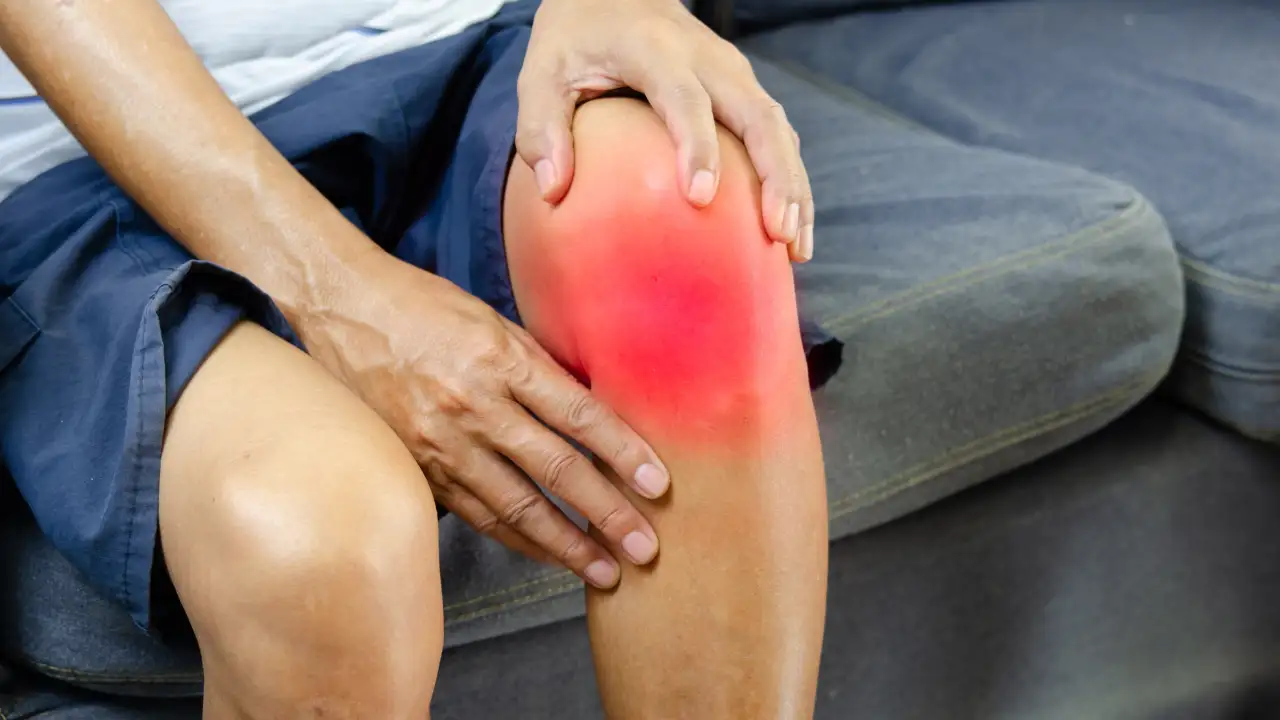Lock knee is a condition where the knee suddenly gets stuck in one position, making it difficult to move. It can be either true locking, where a physical obstruction prevents movement, or pseudo locking, which occurs due to pain or muscle spasms. Patients often experience discomfort, stiffness, and difficulty in bending or straightening the knee.
According to Dr Ashish Jain, Senior Director, Robotic Joint Replacements and Orthopaedics at Max Super Speciality Hospital, Shalimar Bagh, there are several underlying causes of knee locking, including:
• Meniscus Tear: A torn meniscus (cartilage in the knee) can get trapped between the bones, preventing movement.
• Loose Bodies in the Knee: Small bone or cartilage fragments, often due to injury or arthritis, can obstruct knee motion.
• Ligament Injuries: Dr Jain explains that damaged ligaments, such as an ACL tear, can lead to instability and knee locking.
• Osteoarthritis: The breakdown of cartilage leads to bone spurs that may block knee movement.
• Patellar Dislocation: A dislocated kneecap can cause the knee to lock temporarily.
• Inflammation and Swelling: Bursitis or synovitis cause excessive fluid buildup, leading to restricted movement.
How to Cure Lock Knee?
The treatment depends on the severity and cause of the condition.
Non-Surgical Treatments
For mild cases, conservative approaches can be effective. Dr Jain suggests:
• Rest and ice therapy to help reduce inflammation and pain.
• Physical therapy, which includes strengthening exercises to improve knee flexibility and stability.
• Medications such as anti-inflammatory drugs to relieve pain.
• Bracing for knee support and to prevent further strain.
• Corticosteroid injections to reduce swelling and pain in severe cases.
Surgical Treatments
For severe or persistent knee locking, surgery may be required. Dr Jain outlines the options:
• Arthroscopy, a minimally invasive procedure to remove loose bodies or repair a torn meniscus.
• Ligament Reconstruction, which is necessary if ligament damage causes instability.
• Knee Replacement, recommended in cases of advanced osteoarthritis where partial or total knee replacement may be necessary.
Prevention Tips
To reduce the risk of knee locking, Dr Jain recommends:
• Regular knee-strengthening exercises.
• Maintaining a healthy weight to reduce joint stress.
• Avoiding sudden, high-impact movements.
• Wearing proper footwear for knee support.
If knee locking persists, Dr Jain advises consulting an orthopaedic specialist for early diagnosis and treatment. Prompt medical attention can prevent complications and ensure better mobility.
Dr Jain says that early diagnosis and timely treatment are crucial in preventing complications and ensuring long-term knee health. If you experience frequent knee locking, consult an orthopaedic specialist for a thorough evaluation and appropriate treatment. Taking preventive measures can help maintain knee stability and prevent future occurrences.
Get Latest News Live on Times Now along with Breaking News and Top Headlines from Health and around the world.
